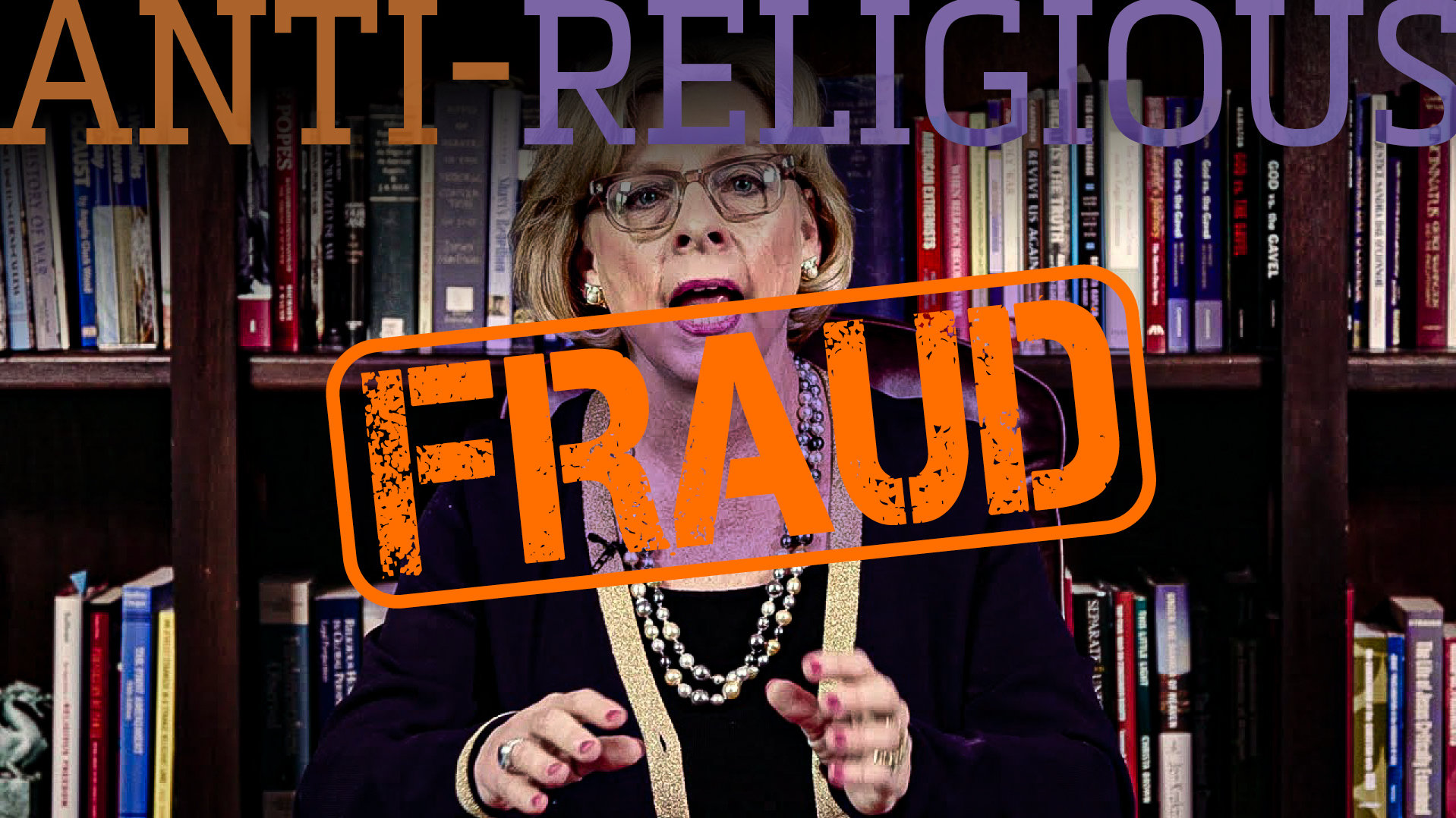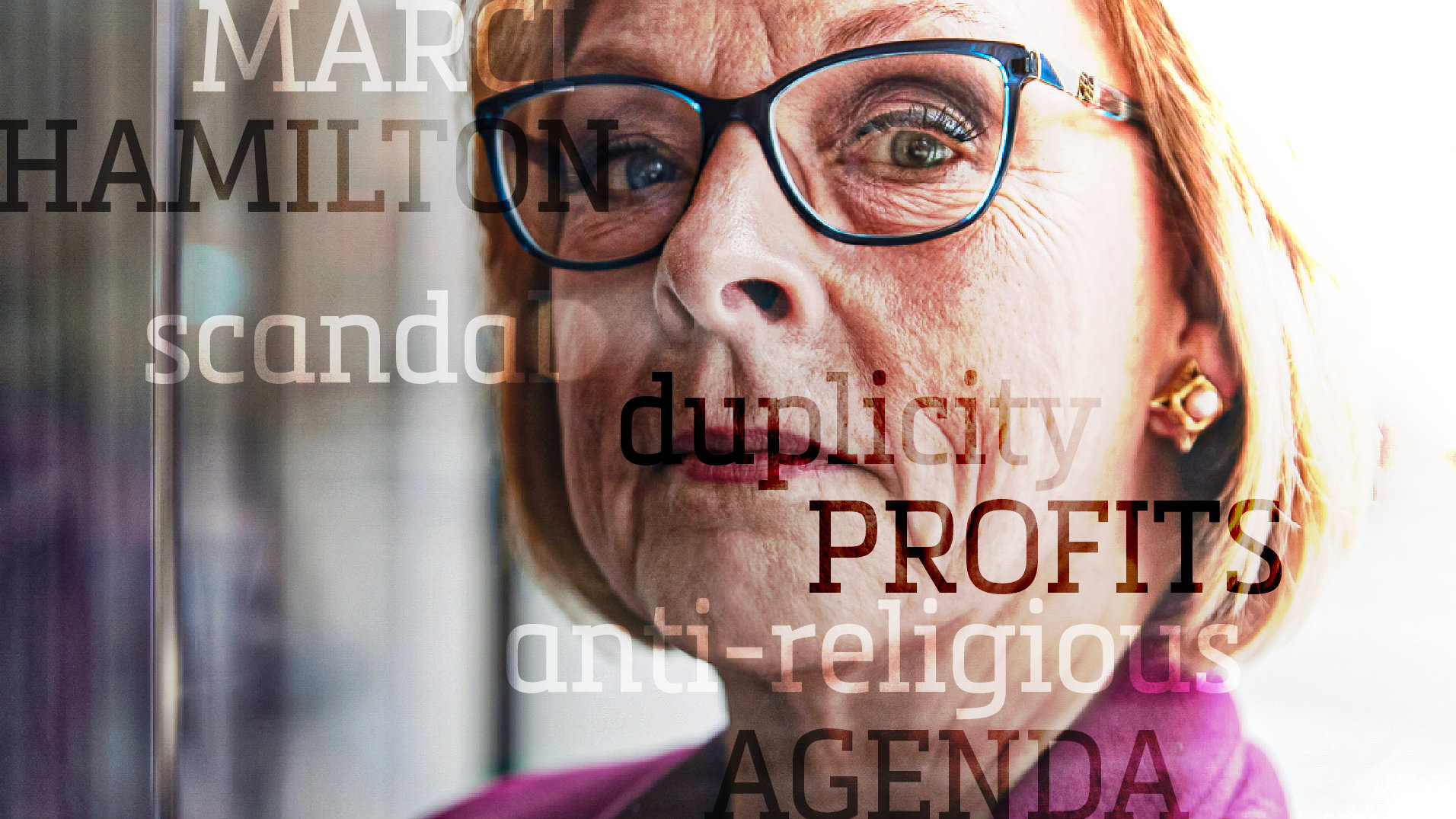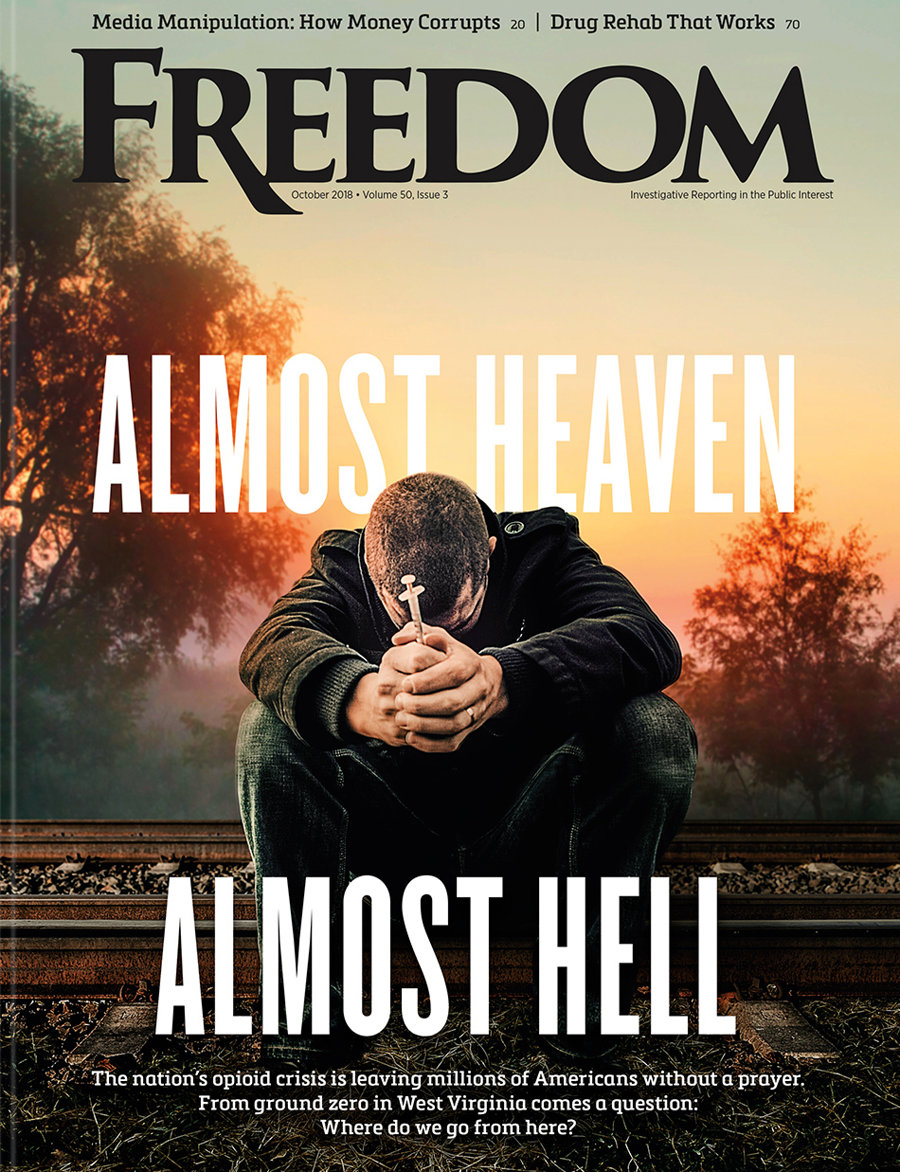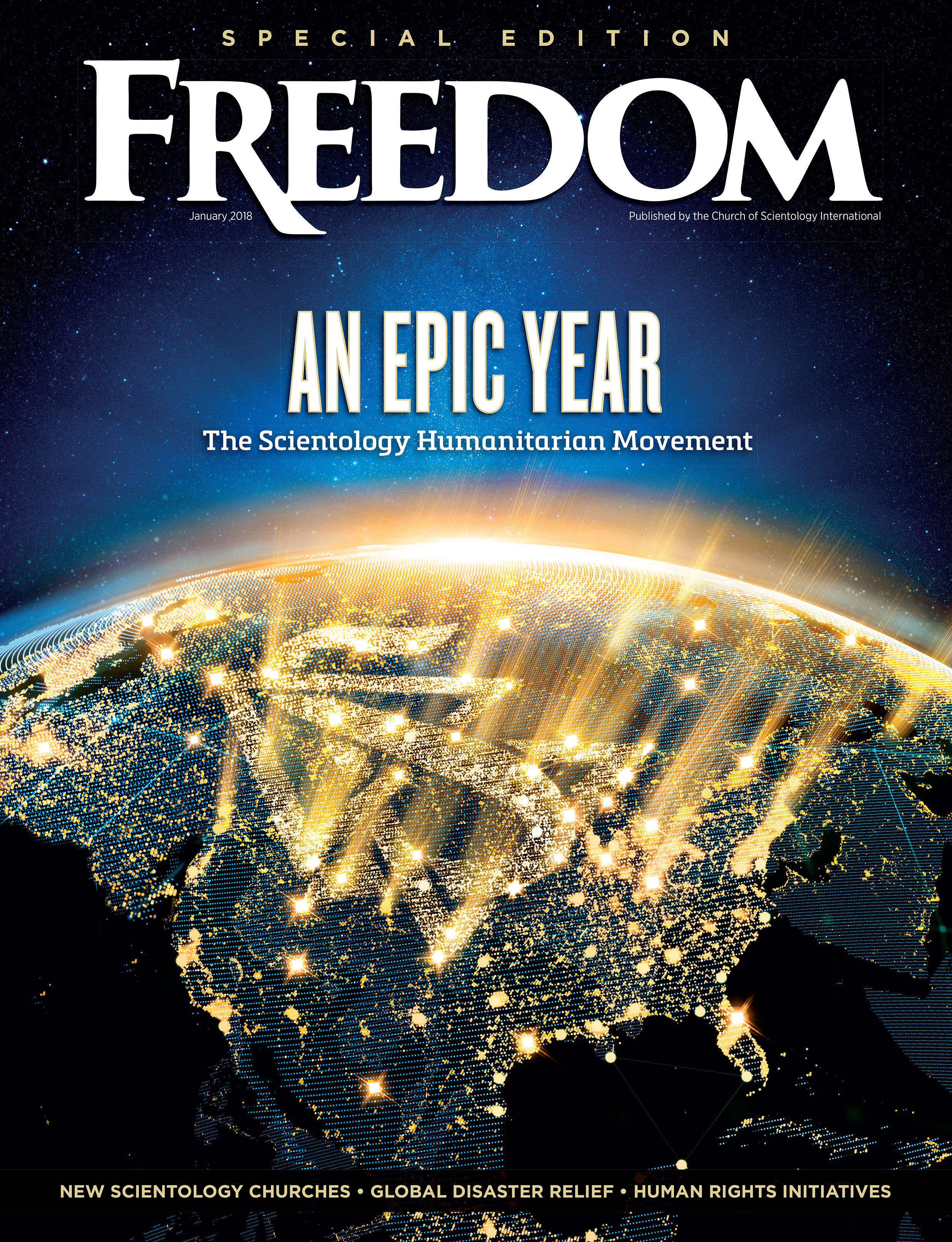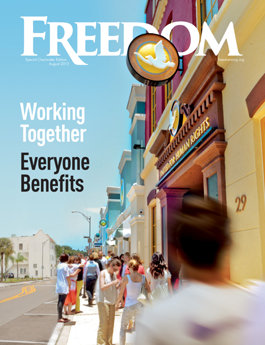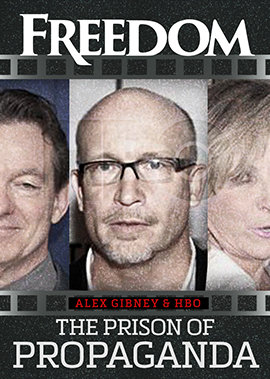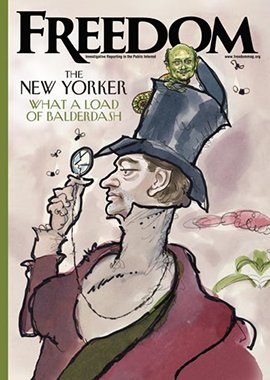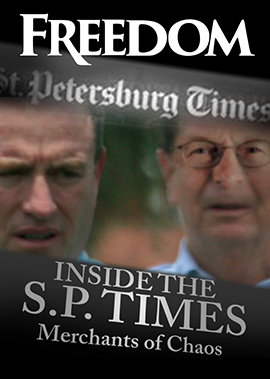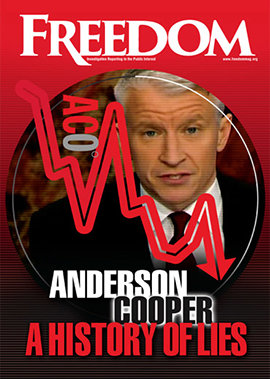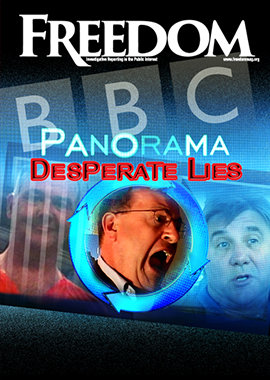Early that year, the state legislature passed the New York Child Victims Act (CVA), a bill sponsored by Senator Brad Hoylman that changed the statute of limitations (SOL) on child sex abuse claims in the state. Hamilton was acknowledged as the “architect” of the CVA by the board chairman of her publicity and lobby organization, Child USA, which serves as a front group for lawyers’ interests.
Among the New York CVA’s provisions was the opening of a one-year “lookback window” during which the existing civil SOL on child sex abuse was lifted, allowing individuals with expired claims to file suit. The window was kept open for another year during the pandemic and closed in August 2021.
In the end, lawyers had propelled a staggering 10,925 cases through that open window. More than 90 percent of the cases were filed against deep-pocket, institutional defendants, such as the Catholic Church and Boy Scouts of America, signaling a potential of hundreds of millions of dollars in settlements and attorney contingency fees. Half of the cases were filed by four law firms that are top financial donors to Hamilton’s Child USA and profit from passage of the CVA in New York and similar legislation Hamilton lobbies for in states across the country. Those firms include one whose name partner, James Marsh, guides Child USA as its chairman of the board.
Meanwhile, the vast majority of victims, who do not have a deep-pocket defendant to sue, were shut out from justice as they could not find attorneys willing to take their cases.
Even worse, Marci Hamilton knew all along it would happen.
“When victims call the mass tort attorneys, they are typically told that the firm is not interested in cases that don’t involve large institutions, like the Catholic Church, Rockefeller University, Jehovah’s Witnesses or the Boy Scouts.”
MARCI HAMILTON
For one, in pushing through the Hoylman bill, Hamilton and other supporters derailed legislation that had been introduced in 2018 by State Senator Catharine Young.
Young’s bill, formulated with the support of former Albany County legislator Gary Greenberg, himself a child sex abuse survivor and a leading victims’ advocate, had gained wide support from victims. It called for establishing the New York Child Victims Reconciliation and Compensation Fund that would use $300 million of the extensive criminal asset forfeiture funds held by the Manhattan District Attorney’s Office. The fund would be administered and overseen by the New York State Comptroller and a chief administrator. Claims from victims would go through a hearing and review process, facilitated by hearing officers experienced in sexual abuse cases, with award determinations set by the claims administrator.
The fund and administrative process would bypass years of waiting for civil cases to move through the courts, often for unrewarding results for victims given the low likelihood of collecting substantial civil judgments or settlements with noninstitutional abusers, such as family members. Conversely, Young’s bill offered an assurance of an award.
As for the Hoylman bill championed by Hamilton, Senator Young wrote: “While high-profile cases and multimillion-dollar settlements brought against institutions like the Catholic Church and the Boy Scouts make headlines, the reality is that institutional sexual abuse accounts for only a fraction of child sex abuse cases. These are the only victims who would benefit from Senator Hoylman’s Child Victims Act.
“As for the other 80–90 percent of victims abused by family members, neighbors or acquaintances who lack the means to pay civil damages? This [Hoylman] bill would do nothing for them.”
“There was no will from the other side to try to help everyone…. There are a lot of motivations out there as to why they wanted the law passed. But certainly a lot of people are making a great deal of money out of this—and I don’t mean the victims.”FORMER N.Y. STATE SENATOR CATHARINE YOUNG
And that is exactly what happened. The Hoylman bill that Hamilton had so aggressively lobbied for stacked the deck against the vast majority of victims, who were sidelined in the stampede of suits filed against big-money institutions that would lead to big-time revenue for lawyers, whose contingency fees average 30 to 40 percent of the proceeds from litigation.
By mid-September 2019—one month after the CVA lookback window opened—the first 400 cases had been filed, a fraction of the eventual 10,925. But Hamilton was evidently aware of the approaching tsunami—she had opened the window, and over 5,000 claims were filed by firms affiliated with her and her Child USA—prompting her to write an op-ed in the September 19 New York Daily News to give the appearance of concern for victims with no deep-pocket institutions to attract law firms.
“Beyond those abused with an institutional component are the perpetrators from the child’s universe—family, neighbors, babysitters and live-in boyfriends. Statistics tell us this accounts for 90% of the abuse,” she wrote.
“[T]oo many attorneys who could help the victims who weren’t abused in an institutional setting have yet to embrace their obligations to this civil rights movement for children,” Hamilton preached—fully aware not only that the vast majority of abuses are noninstitutional in nature, but that those victims would be, and were being, denied justice.
“When victims call the mass tort attorneys, they are typically told that the firm is not interested in cases that don’t involve large institutions, like the Catholic Church, Rockefeller University, Jehovah’s Witnesses or the Boy Scouts,” she further wrote, revealing what apparently motivated her op-ed: “[S]ome have taken to social media in disgust.” She made a show of scolding lawyers to “step up” and take noninstitutional cases on a pro bono basis. That did not happen.
There were no more pontificating op-eds from Hamilton when the number of suits filed under the New York CVA climbed inexorably through the next 23 months to nearly 11,000, with 94 percent of those against institutions.
“It is very saddening and disappointing that what unfolded occurred,” former Senator Young told Freedom. “It’s what we feared and predicted, and that is that the vast majority of child [sexual] abuse victims would be left out.
“There was no will from the other side to try to help everyone. And it made you really question what the motivations really were,” she said.
“There are a lot of motivations out there as to why they wanted the law passed. But certainly a lot of people are making a great deal of money out of this—and I don’t mean the victims.”
One New York survivor and victims’ advocate who fought for legislation for years echoed sentiments that Hamilton knew all along the New York CVA was only going to benefit survivors of abuse involving institutions, and that many who did the work to get legislation passed were the ones who in the end would be left out.
“She [Hamilton] lied to a lot of survivors. She used a lot of survivors,” the advocate, who asked not to be identified, said. When the CVA finally passed, Hamilton had a couple of victims on stage with Governor Cuomo and otherwise it was Marci and all her “elite lawyers.”
“It was all f—king lawyers. All f—king lawyers! While the survivors were downstairs, being turned away because they weren’t on the list. It was disgusting.”
In contrast to Hamilton admonishing lawyers to take on noninstitutional cases, she meanwhile started a Continuing Legal Education program in 2020 under her Child USA front group to teach lawyers how to file lawsuits and win settlements in child sexual abuse cases. The education stresses that attorneys “go after” institutional defendants.
“It was all f—king lawyers. All f—king lawyers! While the survivors were downstairs, being turned away because they weren’t on the list. It was disgusting.”VICTIMS’ ADVOCATE
Child USA board members and lawyers Jeffrey Fritz and Brian Kent lead the way. Fritz, of Soloff & Zervanos, P.C., advises lawyers not to miss their opportunity, speaking from personal experience that potential clients will often “not even realize or understand that there might be some viable third party defendant, institutional defendant that we can go after.”
Kent, a partner at Laffey Bucci Kent, urges that “it’s so important in that regard for the healing process if there’s an institutional defendant or corporate defendant.”
The “healing process?”
As some of the victims she betrayed have said, Marci Hamilton is not herself a survivor of child sexual abuse—she has no idea what it takes to heal.
She does, however, have an idea of what it takes to spin the narrative—even if it is too late.



